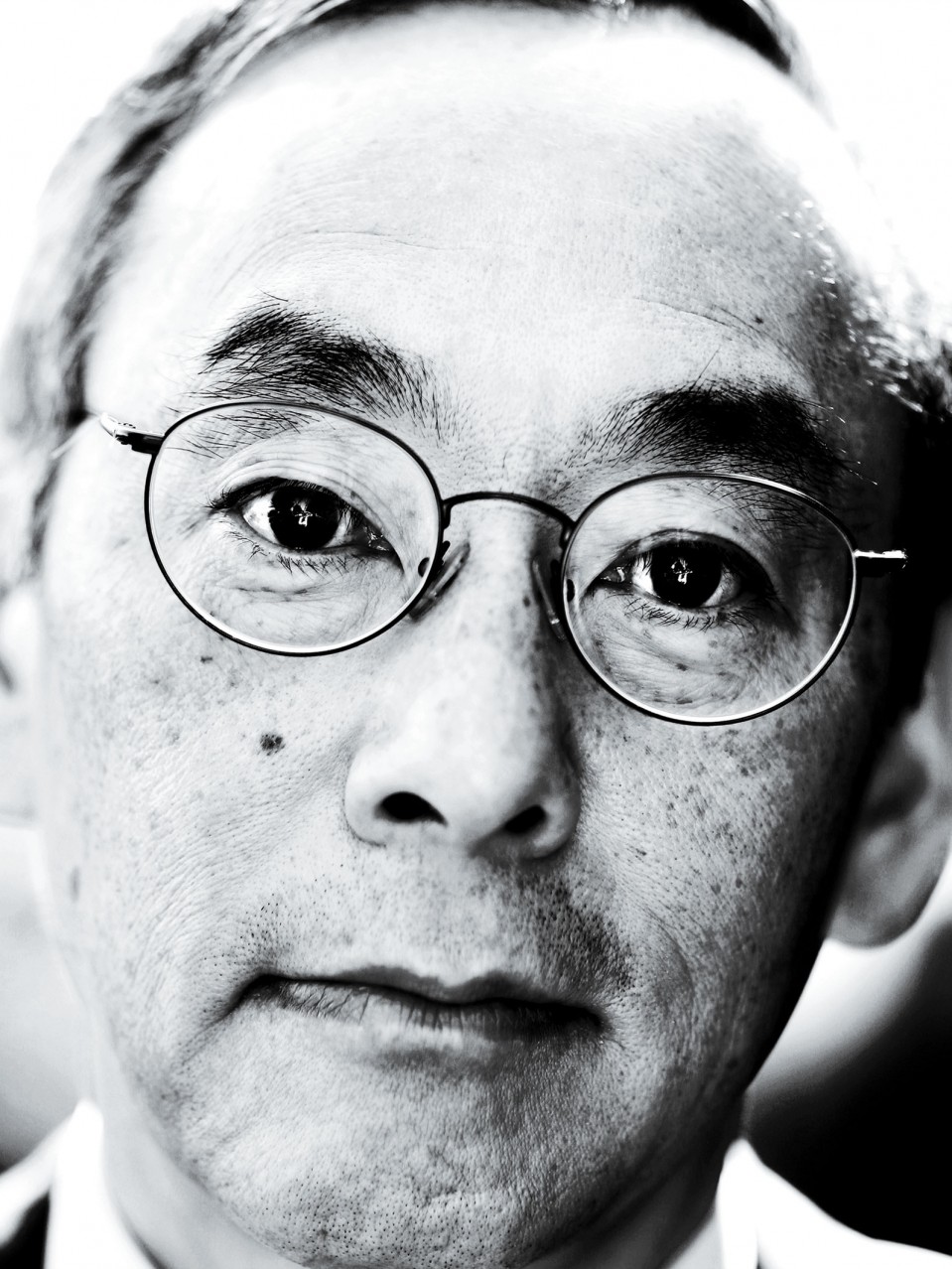Sustainable Energy
Q&A: Steven Chu
The former energy secretary, who has begun chasing emerging technologies again, looks back on his successes and failures in government.



As a leading and active scientist, Steven Chu broke the mold when he became energy secretary of the United States in 2009. In his four years of service, he made the Department of Energy more innovative, launching the Advanced Research Projects Agency for Energy to support projects not yet ready for private investment. He also created Innovation Hubs to bring people from different disciplines together on energy problems and rejuvenated funding for solar research. Chu, who shared the 1997 Nobel Prize in physics and directed the Lawrence Berkeley National Laboratory before his government appointment, is now restarting his research group at Stanford. In a conversation with David Talbot, chief correspondent of MIT Technology Review, he reflected on his time with the federal government and talked about the research and technology questions absorbing him today.
What left you the most frustrated or disappointed at the Department of Energy?
The press was sometimes frustrating to deal with. Often, reporters or their editors wanted to “make news” by generating controversy.
Inside the department, there was inertia to keep old programs unchanged, and friction against new approaches. For example, in research in biofuels, I wanted to cast a wide net for new ideas, but I was getting resistance against doing new research that didn’t fit existing definitions of fuels listed by the Department of Agriculture. I wanted new ideas to be funded on the merits, and worry about categorization later.
What do you see as your biggest success and your biggest mistake?
My biggest success is that I was able to help recruit very capable scientists and engineers. Also, as a practicing scientist—during late nights or weekends—I was in a better position to ask the right questions. Perhaps my biggest mistake was to defer too much to “experts” on nonscientific matters at the beginning of my tenure. This was especially true if the advice was coming from handwringers who were more worried about negative reactions than doing the right thing.
What should President Obama try to get done on energy in his final two years?
President Obama, through the EPA, is doing the right thing by pushing on mercury, particulate matter, and carbon dioxide standards for all power plants above a certain size. I would like to have him begin a dialogue on policies for countries that have a meaningful price on carbon or are working to be less carbon-intensive in each particular industry.
For example, the carbon emission from the production of a particular grade of steel varies greatly. We need to think of how to prevent manufacturing and extraction industries from constantly migrating to the lowest-cost, most polluting producer. China is working hard to reduce the carbon intensity of its industries and is likely to put a price on carbon. I believe China and the U.S. can be leaders in starting this dialogue.
What projects excite you now?
After I left DOE, many companies asked me to join their boards of directors. I chose very few, including Amprius [a Stanford startup working on lithium-ion batteries]. Professor Yi Cui [a 2004 member of MIT Technology Review’s Innovators Under 35] and I brainstormed about new approaches to lithium-metal-anode batteries. We’ve published a couple of papers on new approaches. It’s long been known that a lithium-metal–sulfur-cathode battery can potentially have five times higher energy density. We also seek a durable battery that can charge 10 times faster. Of course, as in all research, we may or may not succeed, but I think we have a shot.
You’re also on the board of a Canadian startup called Inventys. Why?
I’m trying to help with some of the more technical aspects of capturing carbon from a natural-gas power plant—but also a coal, steel, or cement plant. Currently conventional methods that use amines [chemicals that absorb and then release carbon dioxide at different temperatures] are too expensive. We’re hoping to reduce capture costs to $15 a ton for carbon dioxide; current technologies, when scaled, would cost around $60. Getting to $15 would make carbon capture feasible in the U.S. and China.
What’s the fundamental physics breakthrough you’d most like to see?
Breakthroughs, by definition, are unanticipated surprises that lead to great things.